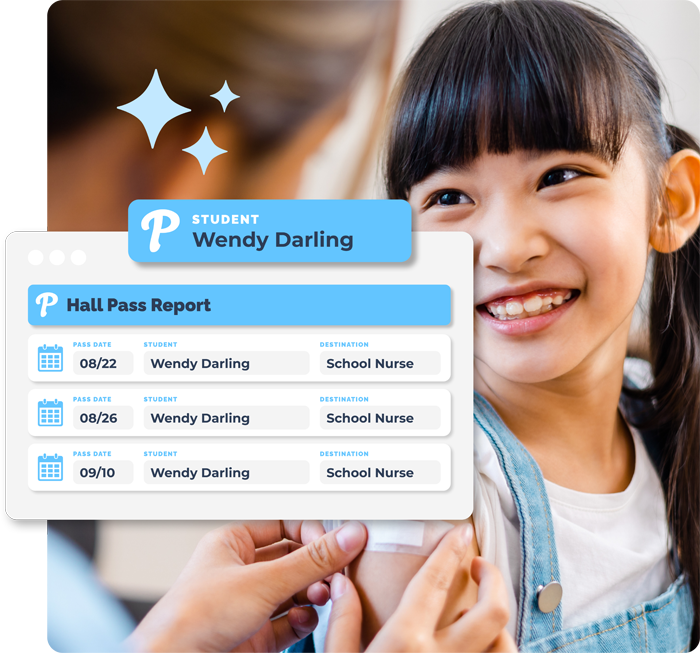In a world that is becoming increasingly diverse and interconnected, the need to address equity and inclusion in schools has never been more important. Every student deserves the opportunity to thrive in an environment that provides them with an equal chance to succeed. In this blog, we will dig into the key insights and best practices for fostering equity in educational settings.

Understanding Equity
Before we dig into the best practices, it’s essential to grasp the concept of equity. Equity refers to ensuring that all students have access to the resources and support they need to succeed, regardless of their background, identity, or abilities.
Key Insights
Abandon Zero Credit for Late Work: Each student’s circumstances and the level of support they receive at home can greatly vary, and it’s essential to acknowledge these differences. Instead, consider implementing a system where late work can still be submitted to earn a portion of the possible points. Another effective strategy is allowing students the opportunity to revisit and improve their assignments.
Equitable Access to Resources: Ensure that all students have access to quality education resources, including technology, textbooks, extracurricular activities, and advanced courses. Address any disparities in resource allocation.
Family and Community Engagement: Involve families and the broader community in school activities. This collaboration helps bridge the gap between home and school, making education a joint effort.

The Dual Role of Technology in Equity within the School System
In the digital age, technology has emerged as a powerful tool that can both bridge and deepen the gaps in equity within the education system. On one hand, technology holds the potential to level the playing field, providing equal access to information and resources for all students. On the other hand, it can exacerbate existing disparities if not implemented thoughtfully. Let’s delve into the positive and negative aspects of technology’s role in promoting equity within the school system.
Positive Impact: Bridging Access Gaps
Technology has the capacity to diminish geographical barriers, enabling students from rural or underserved areas to access high-quality educational content and resources that were once exclusive to their urban counterparts. Online platforms, digital libraries, and open educational resources can provide marginalized students with a wealth of information, helping to bridge the knowledge divide.
Moreover, personalized learning through educational apps and online platforms has the potential to cater to individual learning styles and paces. This personalized approach can address the diverse needs of students with varying abilities, making education more inclusive and accommodating.
Technology has also enhanced safety measures and emergency resources in schools from ensuring students are dismissed to the right person(s) each day to protecting students from active shooters.
Negative Impact: Reinforcing Disparities
However, the potential benefits of technology are not guaranteed. The digital divide remains a stark reality, with some students lacking access to necessary devices and high-speed internet connections. This divide disproportionately affects students from low-income families, potentially pushing them further behind their peers who have easy access to online learning tools.
Additionally, while technology offers convenience, it also carries the risk of perpetuating passive learning. Relying solely on digital resources might hinder the development of critical thinking and problem-solving skills that are honed through interactive classroom discussions and hands-on activities.
And due to available funding (or lack thereof), safety technologies have often been concentrated in urban schools, leaving students in more rural areas more vulnerable.
Striking a Balance for Equitable Integration
The key to harnessing technology for equity lies in a balanced approach. Policymakers and educators must prioritize providing reliable, high-speed internet access and devices to all students, ensuring that financial constraints do not hinder their educational journey. Training for educators to adeptly use technology for meaningful learning experiences is equally important.
Furthermore, the integration of technology should complement traditional teaching methods rather than replace them entirely. Blending digital resources with interactive classroom activities can create a more holistic learning environment, nurturing not only academic growth but also essential socio-emotional skills.
Educators and administrators should also consider technology that does not use students’ personal devices altogether. Using students’ personal devices presents not only an equity concern, but also student data privacy complications. For example, using a digital hall pass or attendance tool that is initiated on a students’ device can further exacerbate equity disparity while tracking unnecessary personal student data.

Pikmykid’s Role in Helping with Equity in Schools
Pikmykid is an all-in-one dismissal and safety platform that empowers school to streamline dismissal, provides real-time communication between staff and parents, and enhances safety and security for everyone involved.
Pikmykid was designed with equity in mind. Our tools are managed by adults using devices that schools and parents already have. This approach ensures that:
- Safety tools are accessible and affordable for schools ranging in size, location, and budget
- Schools can implement safety tools in a matter of days instead of months
- Equity concerns between students are eliminated altogether
- Student data is further protected by not accessing their personal devices
How Pikmykid Works
Pikmykid can be used for a variety of safety and dismissal needs, including:
- Dismissal management: Pikmykid enables schools to create a secure and efficient dismissal process that eliminates long lines and waiting times.
- Digital hall pass: Pikmykid provides staff a way to monitor student movements throughout the hall ways, even allowing students to request passes without interrupting class.
- Emergency reunification: Pikmykid can be used to quickly and easily reunite students with their families in the event of an emergency.
- Silent panic alarm: Pikmykid allows staff to silently alert administration and first responders to a problem without having to speak out or intercom.
- Silent communication: Pikmykid allows staff to communicate silently with each other and parents, even when they are not in the same location.
No matter how Pikmykid is used, students never need to use their personal devices. School staff access Pikmykid using a smartphone, computer, or tablet, while parents access the parent app using their smart devices. If parents or other guardians don’t have reliable access to smart devices, schools can make changes or updates on the guardian’s behalf.
Pikmykid is committed to helping schools create safe and equitable learning environments for all students. Our tools are designed to be accessible, affordable, and easy to use, regardless of a school’s size, location, or budget. We believe that all students deserve to feel safe and secure at school, and Pikmykid is committed to helping make that happen.
Supportive School Environment
Addressing equity in schools is a challenging endeavor that requires commitment and continuous effort. By understanding the concepts and implementing best practices, schools can create an environment where every student feels valued, supported, and empowered to reach their full potential.


